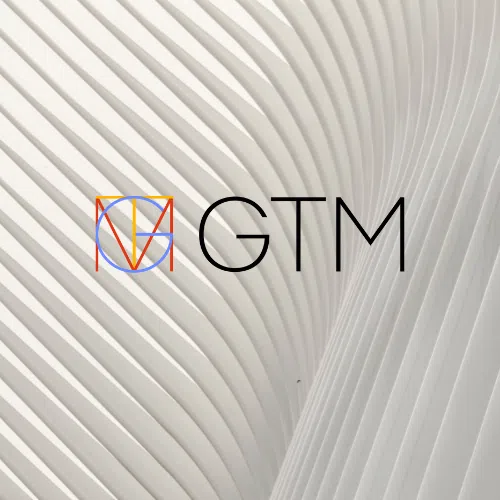The federal Research & Development Credit (Credit) is one of the best methods for U.S. companies to fund their R&D activities. Every year, billions of dollars are claimed by companies across all industries.
However, there is a catch. For all but certain qualified start-ups, the credit is useful only if a company is profitable and needs to offset federal tax. If, through careful tax planning, or net operating losses, or other methods a company does not have federal tax to offset, the Credit is simply carried forward until it can be used, or it expires (up to 20 years).
When a company can’t use their Credits, they often choose not to calculate the credits and therefore not claim them on original tax returns. Rather they choose to wait until they can use their credits – either in the current year, or prior year – and update their carryforward schedules or amend their returns to claim prior credits. Until recently this strategy hasn’t been ideal, but it also hasn’t led to a significant difference in filing requirements. This is no longer the case due to recent changes.
What is the Downside of Waiting to Use the R&D Credit?
Until recently, the downside of waiting and amending for the Credit was twofold:
- The claim is unlikely to be accurate due to:
- Attrition
- Memory
- Document retention policies
- The claim is possibly more likely to be examined
In October 2021, however, a Chief Counsel Advice Memo[i] was released (CCA) that went into effect on January 10, 2022. The CCA applies only to amended returns for refund. Importantly, the CCA creates new documentation requirements – and they are not trivial. In addition to the standard information on a Form 6765 (qualified cost breakdown by type), the CCA also requires at least the following to be filed with the claim:
- All of the business components that form the factual basis of the Section 41 research credit claim for the claim year for each business component
- A description of all research activities performed, by business component
- The first and last names or title/positions of all individuals who engaged in the research activity, by business component
- Job titles can be provided instead of names
- The information each individual sought to discover, by business component
- Groups seeking same/similar information can be aggregated, but the number of people must be provided along with job titles/names
- The total qualified employee wage expenses, supply expenses and contract research expenses
- This can be provided on Form 6765
In addition:
- The claim must include a declaration under penalty of perjury
- The information must be provided in a statement as opposed to referencing documentation
This is not a minor change. Make no mistake, this is a major addition to requirements not specified by the Form 6765 or regulations. In fact, the CCA is likely in response to losses in the courts over the past couple years when the IRS was asking for this information and the courts ruled against them, basically saying if you want this to be required, Congress must change the law, or the Form 6765 needs to be changed to require this information.
But Wait, There’s More
The consequences of not filing the information specified by the CCA are extreme. The refund claim will be rejected. In addition, if the taxpayer files additional refund claims on the same return as the refund for credit, and the refund for credit is rejected due to insufficient substantiation, all refunds will be rejected.
Treasury is providing a one-year grace period for taxpayers to adjust to the CCA requirements. For refund claims on amended returns filed between January 10, 2022, and January 9, 2023, a 45-day grace period will be provided to taxpayers to “perfect” their claims if deemed insufficient. After January 9, 2023, there will be no grace period. If the IRS determines that the claim is insufficient, there is no audit, no appeal, and no recourse for the taxpayer.
What is the Upside of Claiming the R&D Credit on an Original, Timely-Filed Return?
In short, by filing on an original, timely-filed return you avoid the CCA. Period. There are other benefits as well, including:
- Making a valid 280(C) election to take the reduced credit
- Doing a proper analysis to determine if the regular method, or simplified method is a better choice and making the appropriate election
- More accurate information is available to support the credit as it can be gathered contemporaneously by people with fresh memories
- The people who did the qualified work are more likely to still be with the company to provide substantiation for the activities
- The claim is possibly less likely to be examined
As we’ve described in prior posts, instituting an internal process that is automated and reproducible can help make filing on an original return a realistic and effective way to claim Credits.
To learn more about GTM’s R&D Tax Credit services or to speak with someone who can guide you through the process, contact us.
[i] Chief Counsel Advice Memorandum 20214101F



